Coming to Dong Cuong commune, it is not difficult to see the image of the Red Dao people in their colorful traditional costumes. Dong Cuong has 14 ethnic groups living together, of which the Red Dao people make up the majority. In modern life, the Red Dao people in Dong Cuong still persistently preserve the ancient features in their traditional costumes, considering it as a connecting thread between the past and the present. For them, each embroidery line, each fold on the shirt is not only a product of ingenuity but also a place to express their pride and love for national culture.
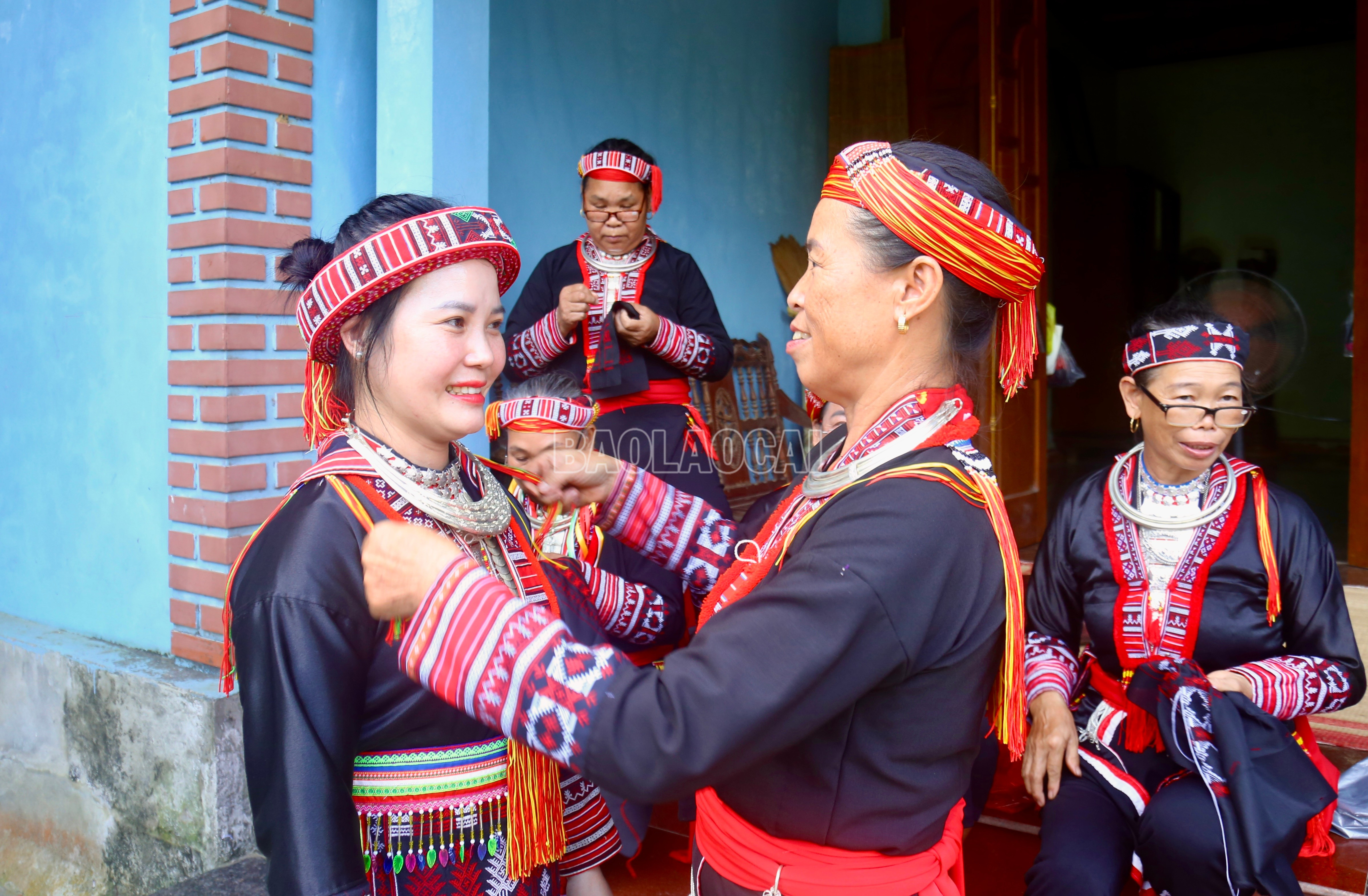
In the late afternoon, we stopped by Khe Van village - where 98% of the population is Red Dao. In front of a small house, a few women sat together, holding brightly embroidered cloths in red, white and black. They chatted, worked attentively, and sometimes leaned over to look closely at each pattern. Mrs. Trieu Thi Tiep (artisan in Khe Van village) sat in the middle of the group of women, meticulously adjusting each stitch, whispering: I learned to embroider when I was in my teens, just watching my mother, watching my sister and then learning. Just like that, the patterns and embroidery methods seemed to be ingrained in my blood. Each needlepoint, each thread has its own meaning, telling the story of my people.
On the fabric that Mrs. Tiep is making, the patterns of the sun, mountains, forests, rivers, flowers, leaves, etc. gradually appear clearly. She said that for the Red Dao people, traditional costumes are not just for wearing, but are a symbol of pride, a sign to recognize each other among many ethnic groups, amidst the many changes of life. That costume encapsulates the soul, beliefs, folk knowledge and the desire for a peaceful and prosperous life.
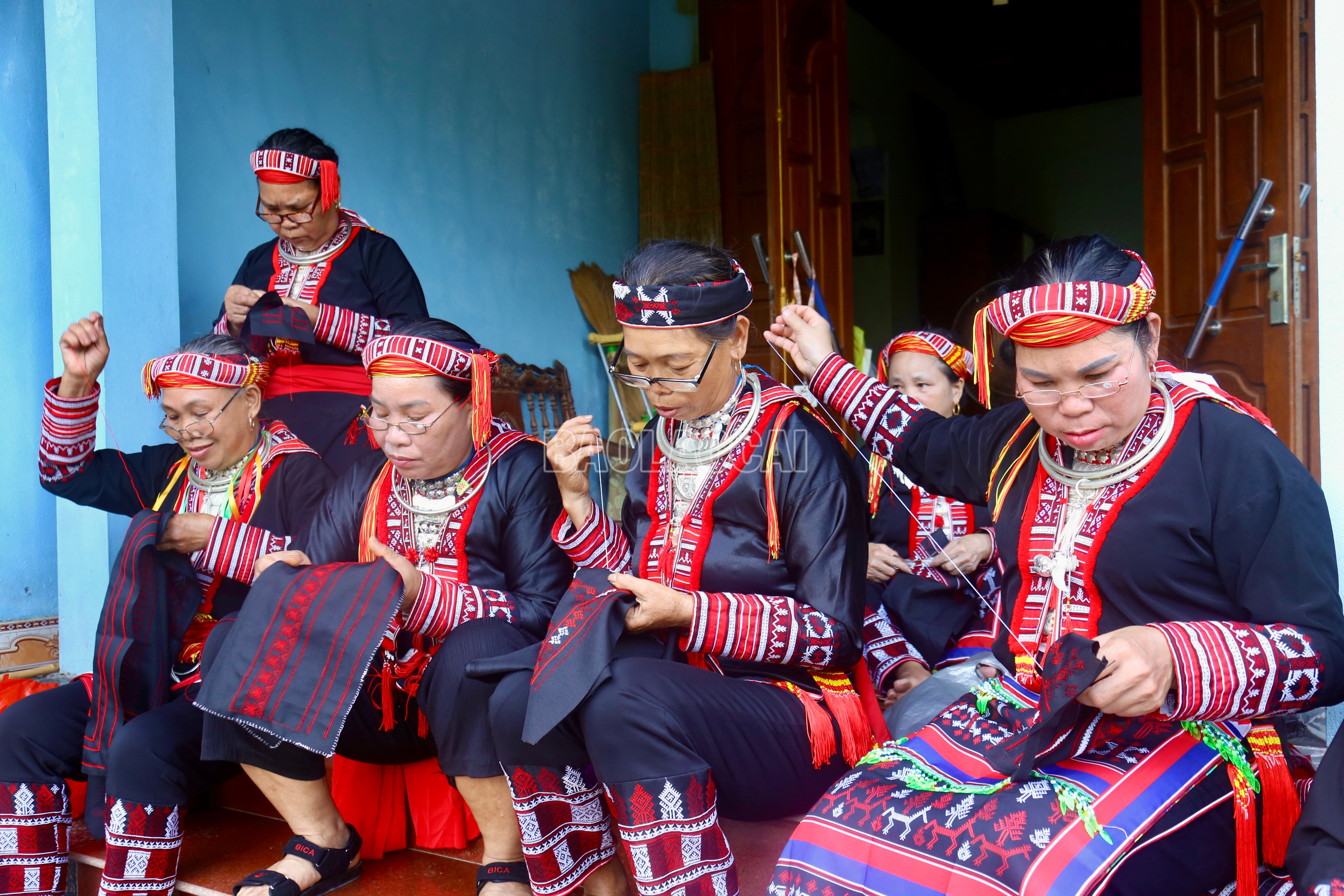
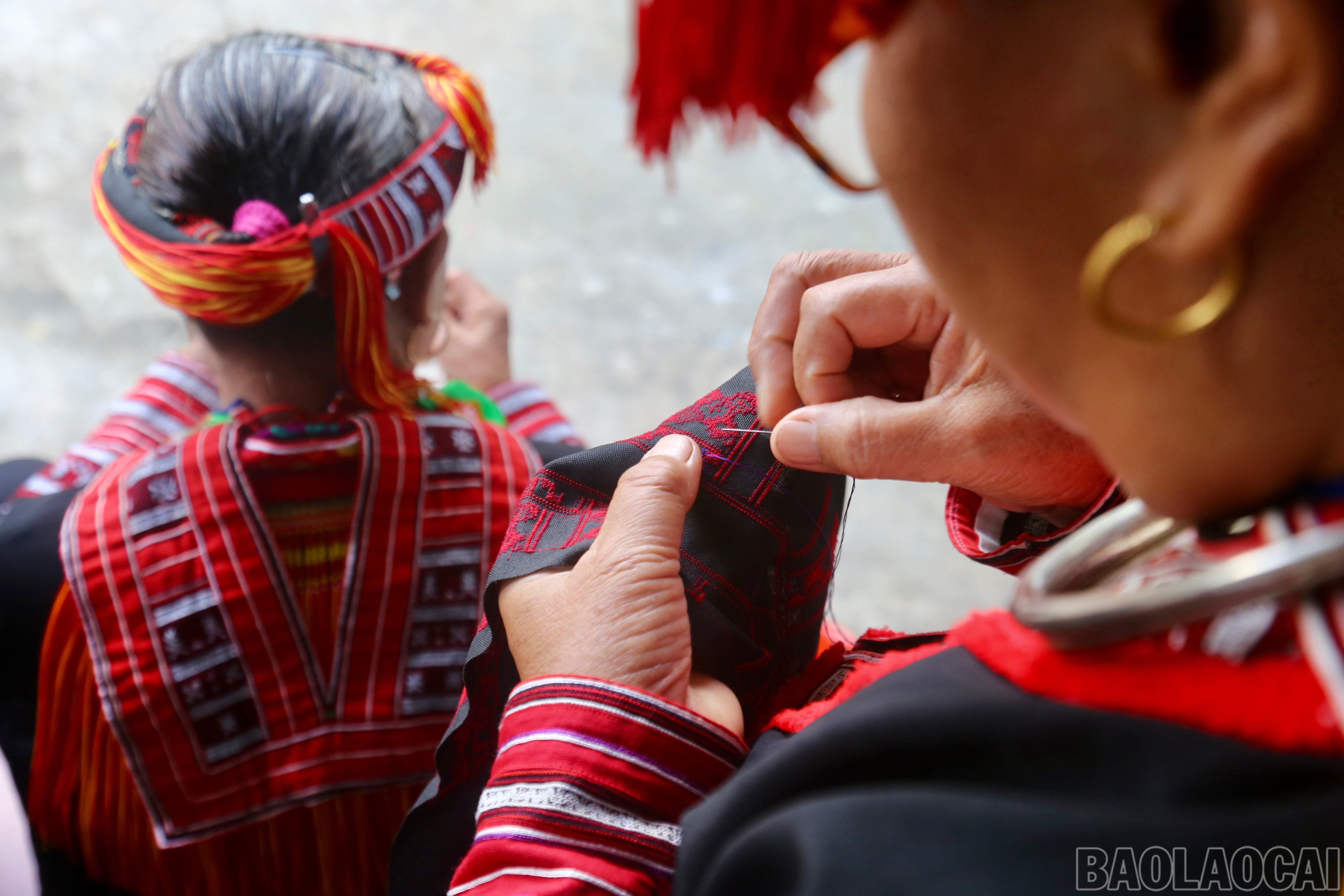
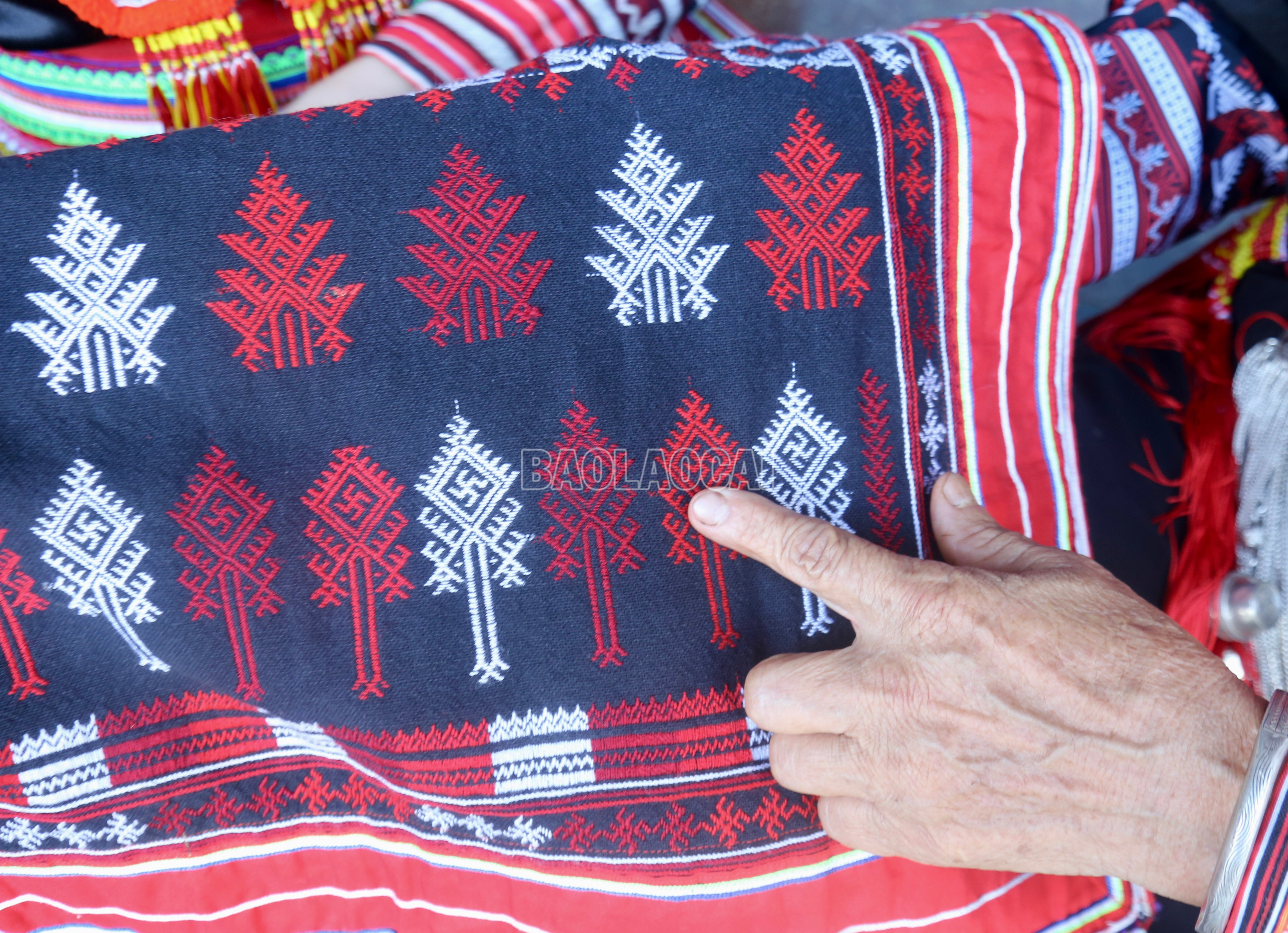
However, over time, the traditional costumes of the Red Dao people have gradually faded away. Therefore, in recent years, Dong Cuong commune has implemented many synchronous and systematic solutions to preserve and promote that value. Embroidery groups, women's clubs, and vocational training classes have been established right in the village, with elderly artisans as the "nucleus" to guide the younger generation. Each vocational training session is not only a process of imparting techniques, but also an opportunity for the community to connect, for the elderly to tell stories about patterns and the meaning of each needle and thread.
In schools, learning about traditional costumes is integrated into extracurricular activities. Students can observe, experience embroidery, and try on traditional costumes, thereby forming a love and pride for their national culture.
Along with that, the work of collecting and documenting traditional costumes is also focused on. The commune has coordinated with the community to record patterns, film the embroidery process, record folk stories associated with each motif, forming a document repository for research and teaching.
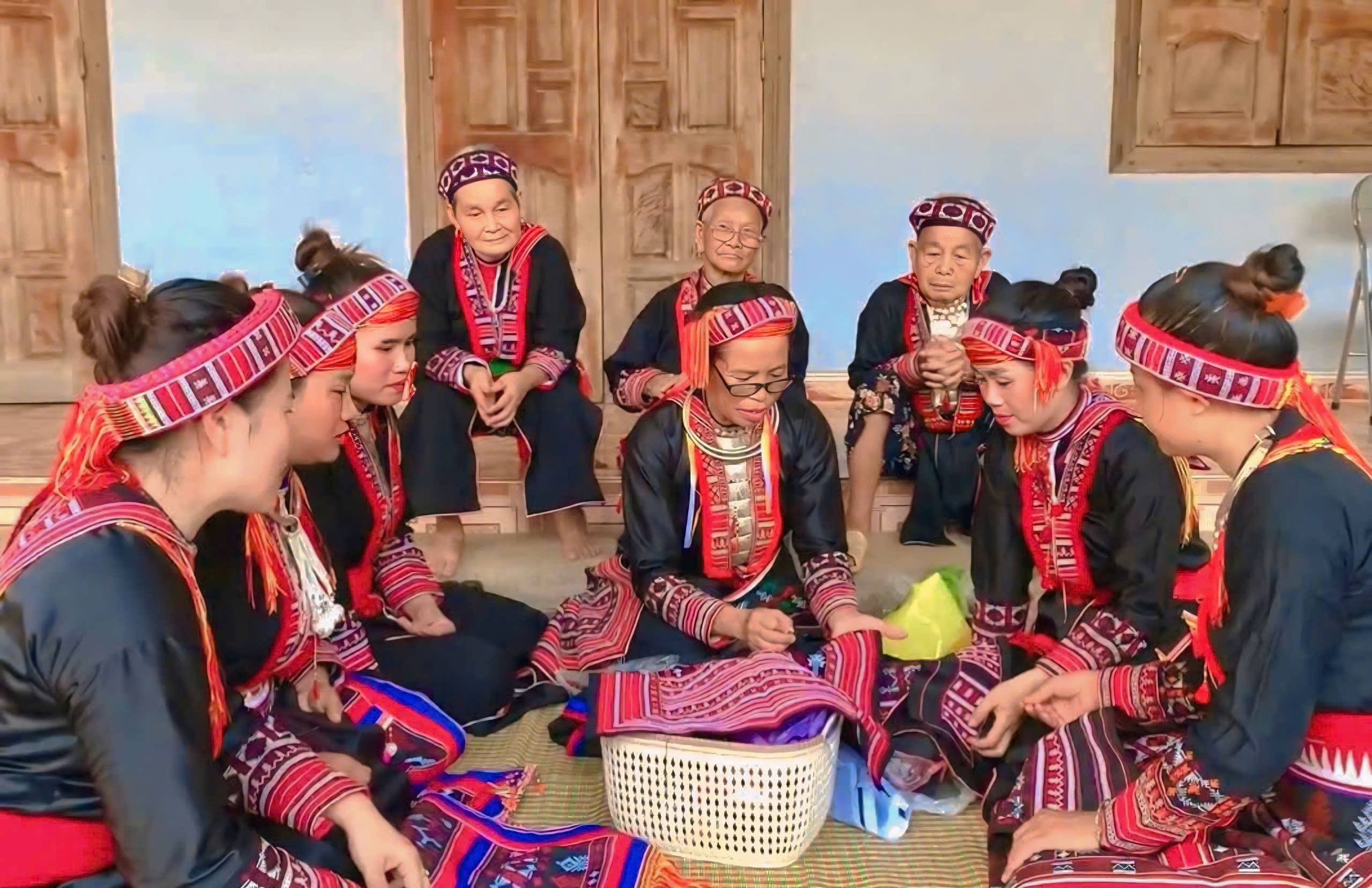
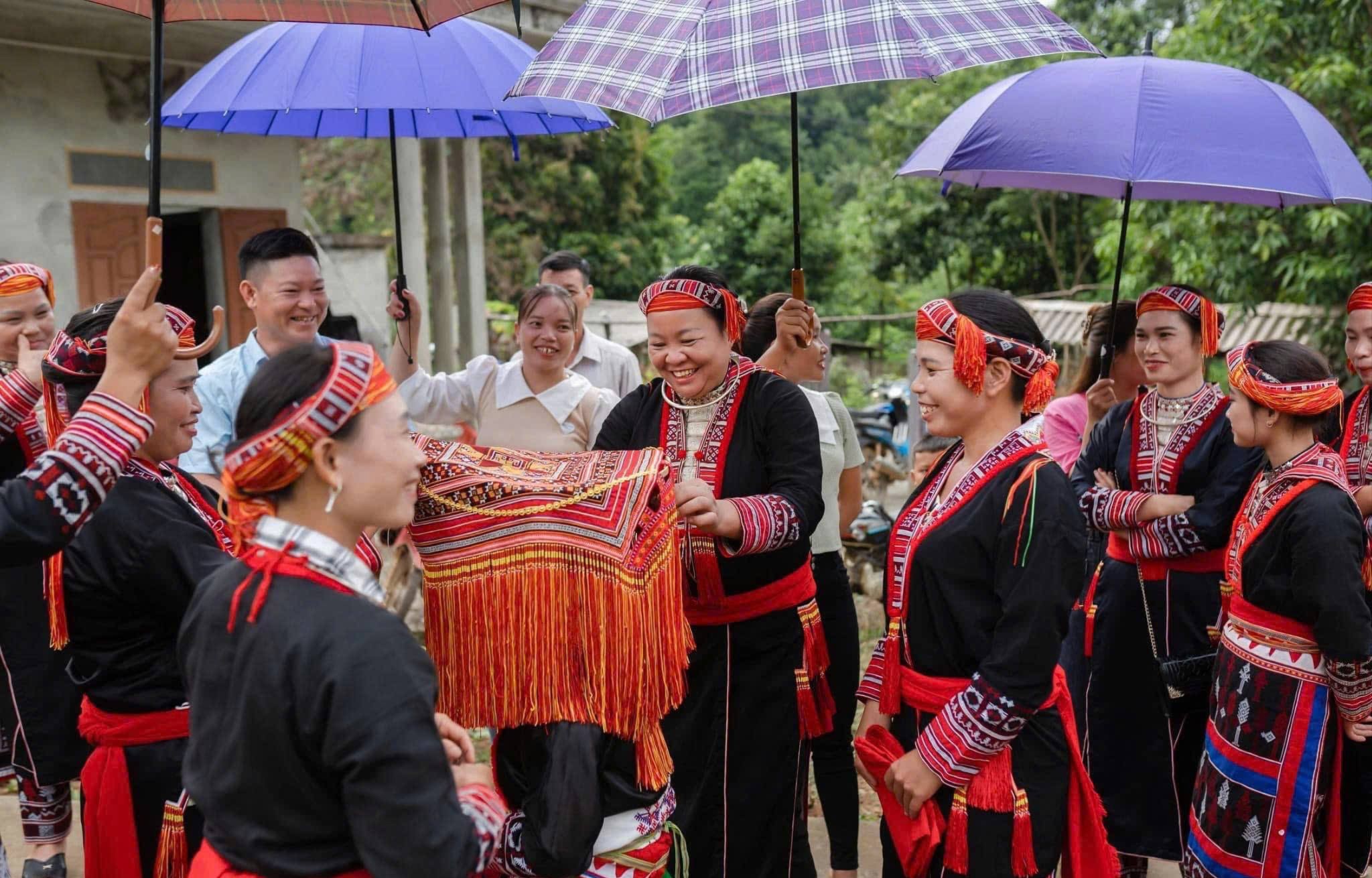
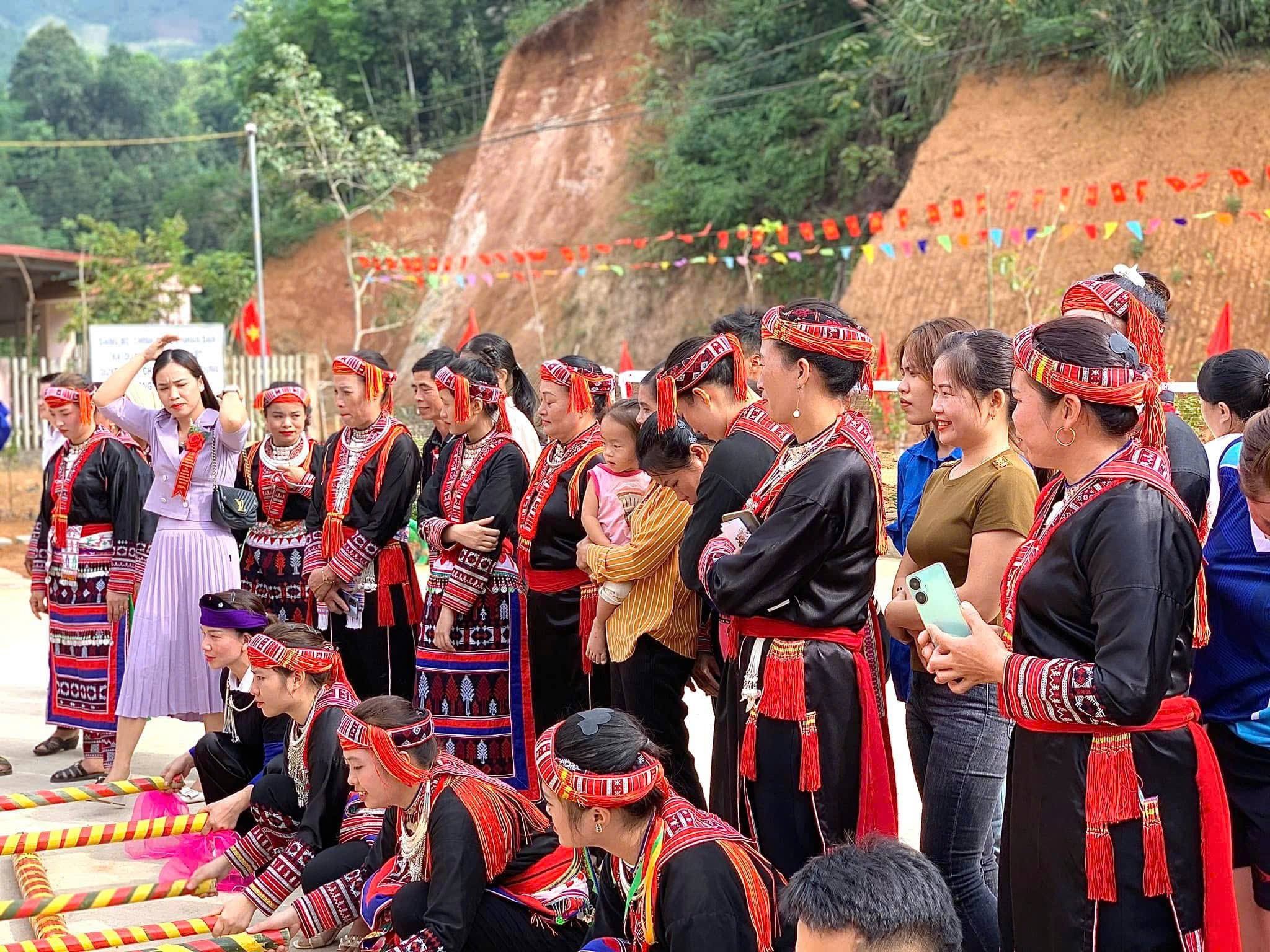
In addition, the commune also encourages people to maintain the habit of wearing traditional costumes on important occasions, such as: Weddings, New Year's holidays, coming-of-age ceremonies, village festivals... Many women, especially the elderly, still maintain the habit of wearing traditional costumes in their daily activities. Every early morning, when the dew is still on the leaves, the image of Dao women in indigo shirts, red scarves on their heads going to the market or to the fields has become a familiar sight.
Each pattern, each stitch contains a profound meaning. The sun symbolizes life; flowers and leaves represent the desire for growth and development. Embroidery, for us, is not only about beautifying, but also expressing our thoughts and gratitude to our ancestors. I just hope that the young generation will understand that, so that in the future, no matter where they go, they will remember that they are Dao people.
The efforts of the government and people not only preserve the material value, but also contribute to preserving the knowledge, spirit and soul of the Red Dao people.
Ms. Ha Thi Huong Mai - Vice Chairman of Dong Cuong Commune People's Committee, commented: Red Dao costumes in Dong Cuong are not only traditional culture, but also a way for people here to preserve their identity in the midst of modern life. What is valuable is that this self-conscious preservation does not come from a movement, but from the love and national pride that has been passed down through many generations.
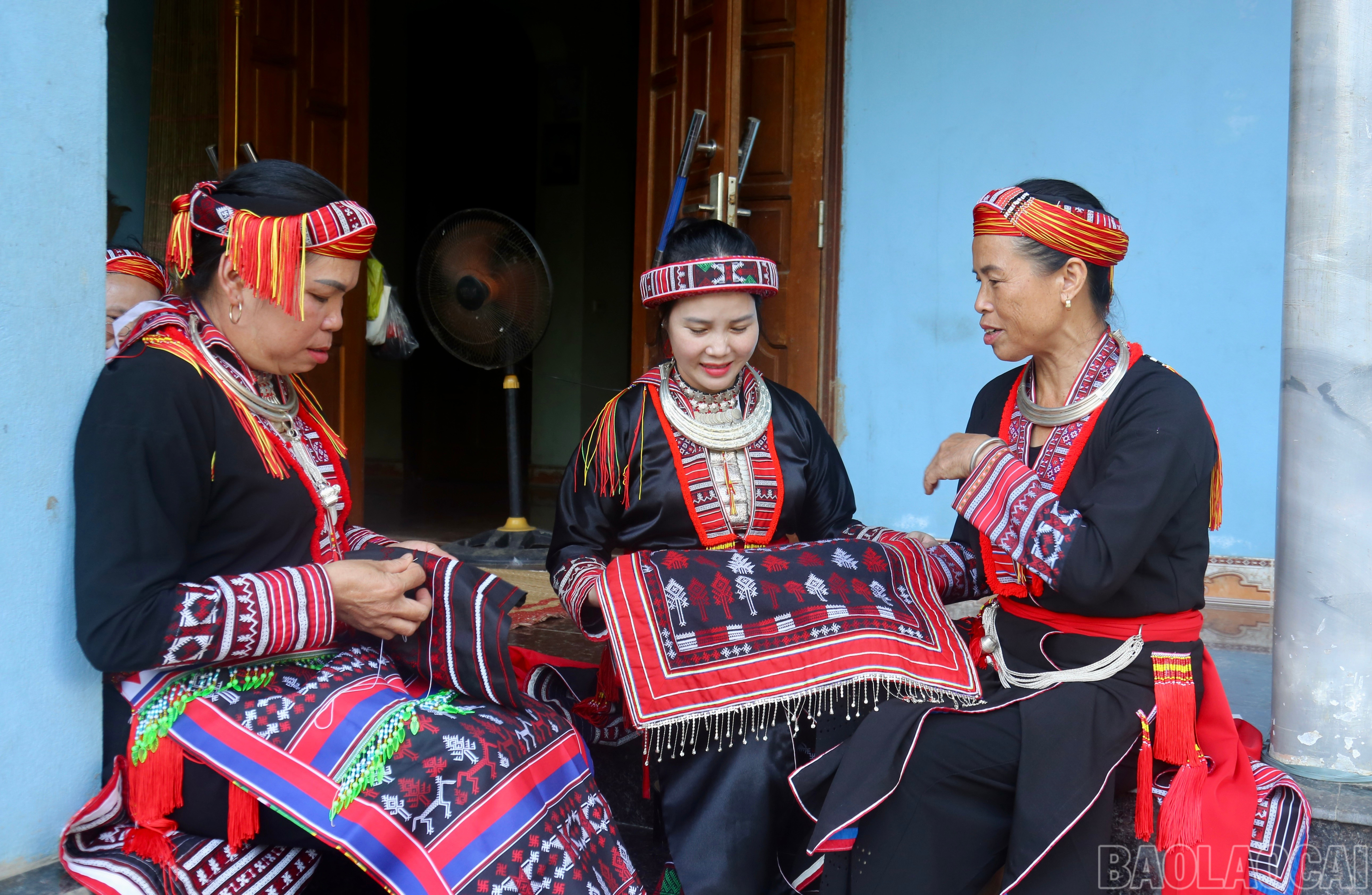
However, in her conversation with us, Ms. Ha Thi Huong Mai still had many concerns, namely that the team of artisans is getting older while the next generation is not really proficient; traditional raw materials are gradually becoming scarce; the risk of excessive commercialization can distort patterns, reducing the original value of the heritage...
“The locality really needs attention and support from all levels and sectors in preserving, maintaining and promoting the traditional values of costumes of the Dong Cuong Red Dao people. At the same time, the accompaniment of researchers and cultural experts in the work of appraising and compiling bilingual documents will contribute to widely promoting those values to domestic and international friends," added Ms. Ha Thi Huong Mai.
In the period of 2025 - 2030, Dong Cuong commune aims to complete a set of standard models of Red Dao costumes with unified standards of color and pattern; strongly develop OCOP products from brocade; promote digitalization of heritage and enhance communication on digital platforms..."
As the afternoon gradually falls, the late afternoon sunlight covers the porch with a light golden layer, making the red on the fabric seem more brilliant. Traditional costumes are carefully folded and placed neatly beside, as a testament to the enduring pride of many generations. In Dong Cuong, amidst the new pace of life spreading rapidly every day, the Red Dao people still quietly preserve the old ways with their skillful hands and deep love for their ethnic culture.
Source: https://baolaocai.vn/gin-giu-net-xua-trong-trang-phuc-nguoi-dao-do-post884293.html


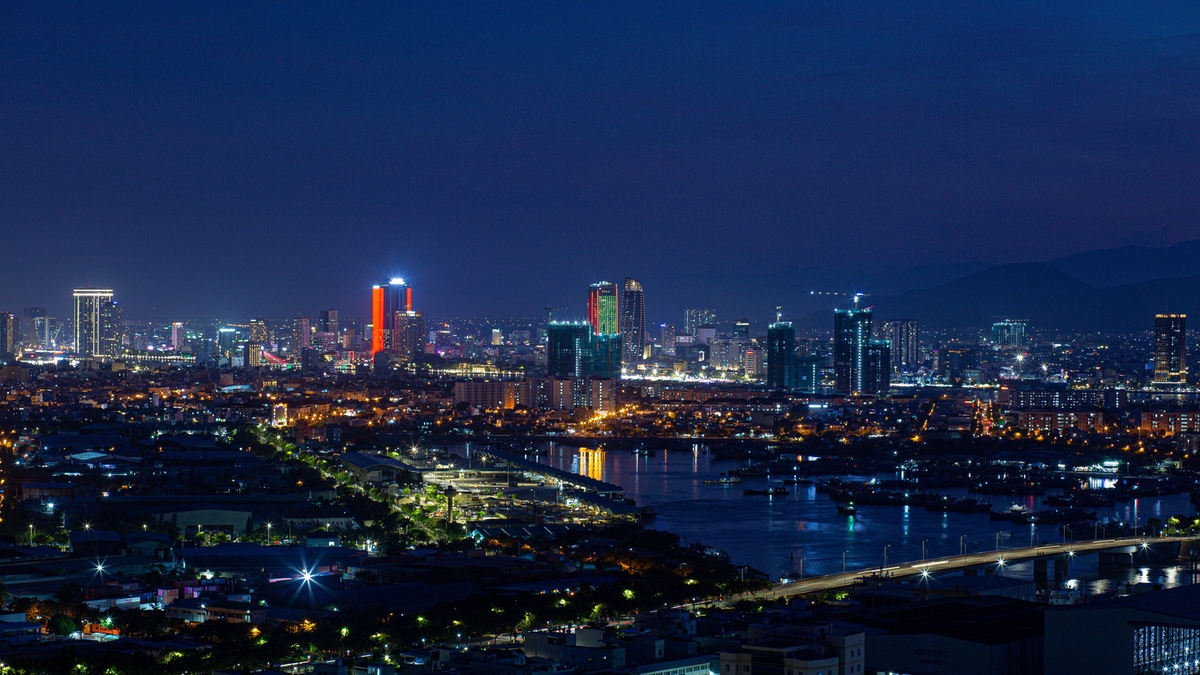
![[Photo] The 1st Government Party Congress held a preparatory session.](https://vphoto.vietnam.vn/thumb/1200x675/vietnam/resource/IMAGE/2025/10/12/1760257471531_dsc-4089-jpg.webp)
![[Photo] Delegation attending the Government Party Congress visited President Ho Chi Minh's Mausoleum](https://vphoto.vietnam.vn/thumb/1200x675/vietnam/resource/IMAGE/2025/10/12/1760240068221_dsc-3526-jpg.webp)


![[Photo] National Assembly Chairman Tran Thanh Man attends the 725th anniversary of the death of National Hero Tran Hung Dao](https://vphoto.vietnam.vn/thumb/1200x675/vietnam/resource/IMAGE/2025/10/12/1760285740475_ndo_br_bnd-8978-jpg.webp)


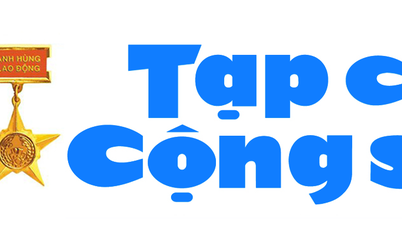

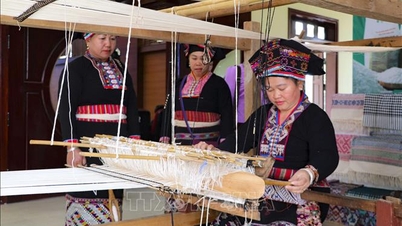





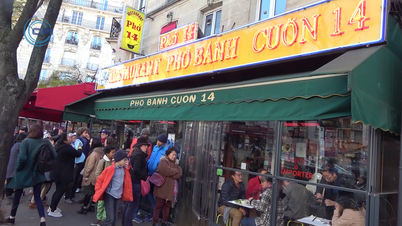

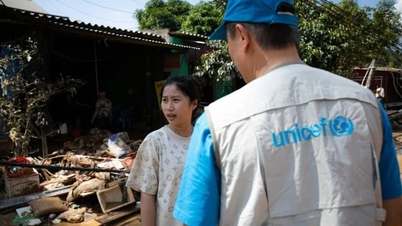
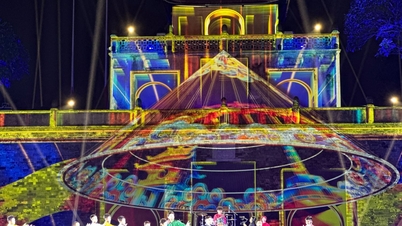

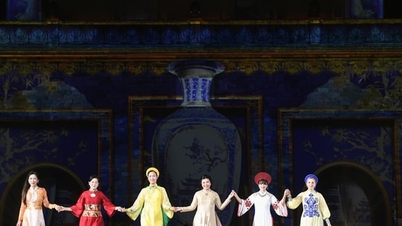


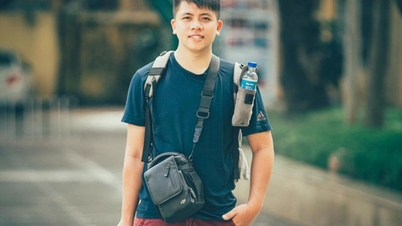
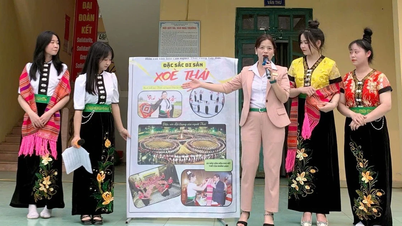




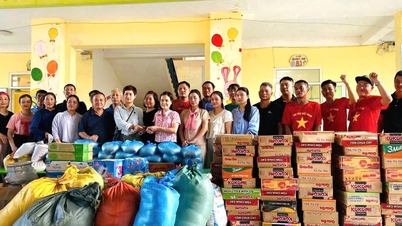
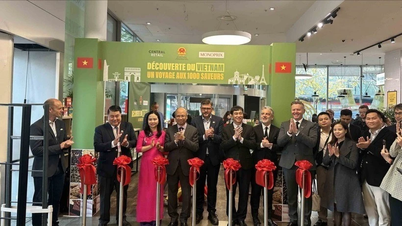
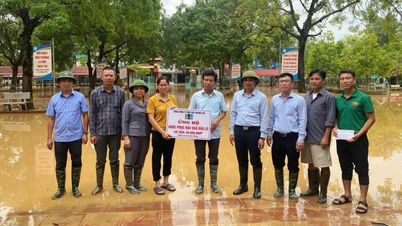
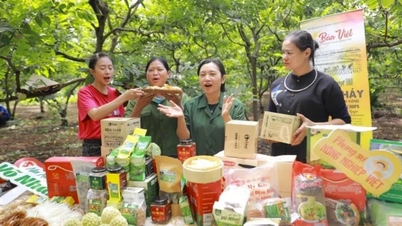
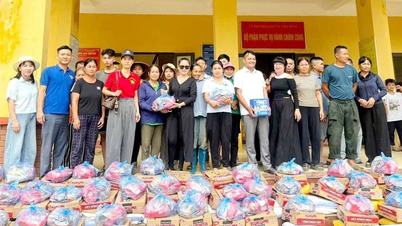




































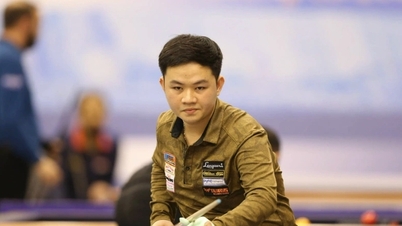
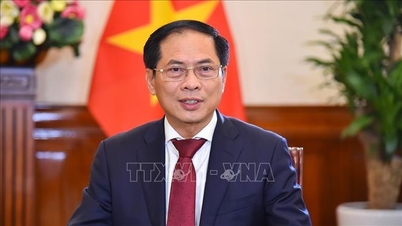
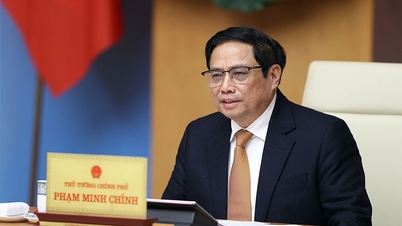

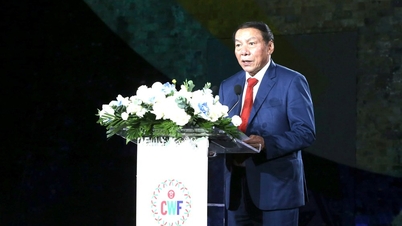

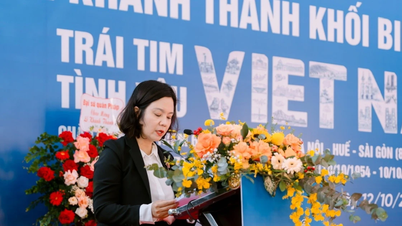
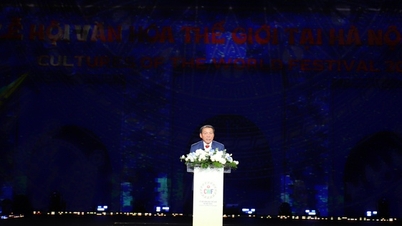

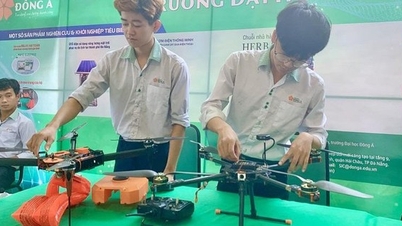

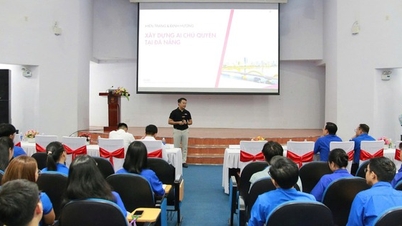
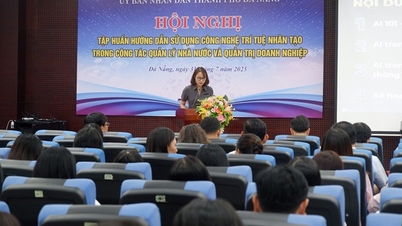
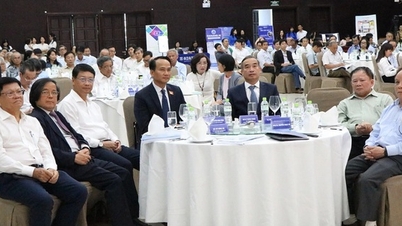
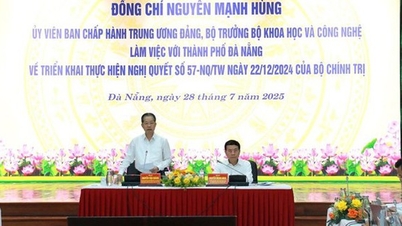

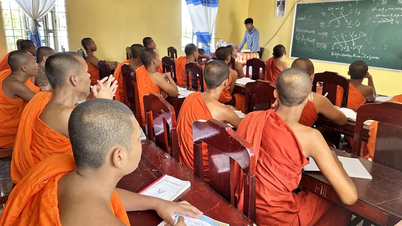

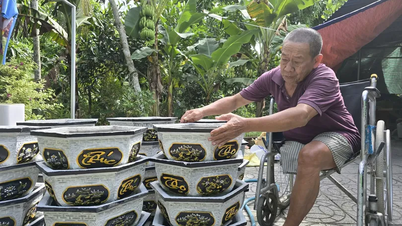
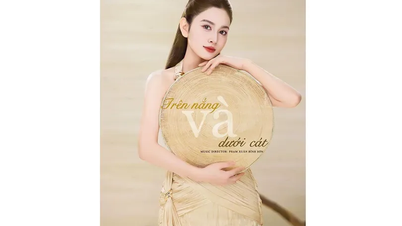
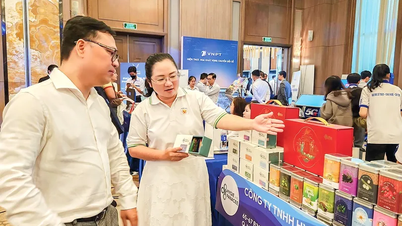
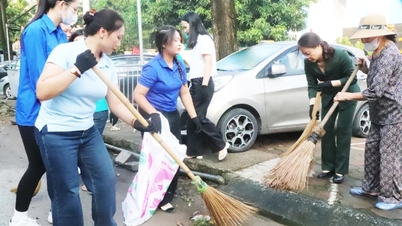













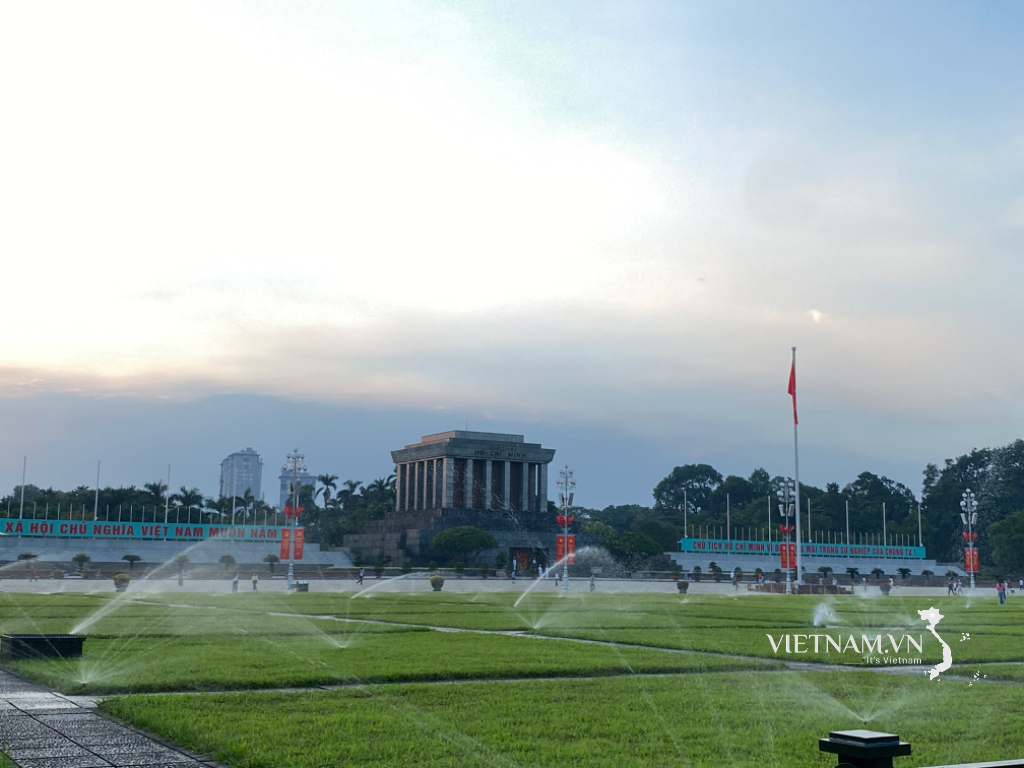
Comment (0)